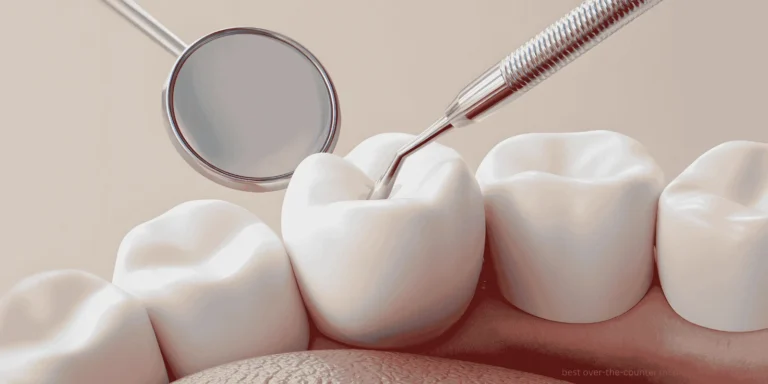Several antibiotics effectively treat urinary tract infections, with the choice depending on the type of UTI, severity, patient factors, and local bacterial resistance patterns. Having prescribed thousands of UTI treatments, I can guide you through the most commonly used options.
First-line antibiotics for uncomplicated UTIs:
Nitrofurantoin (Macrobid) is often my go-to choice for simple bladder infections. It concentrates specifically in the urinary tract, is effective against most UTI bacteria, and has low resistance rates. It’s typically taken twice daily for 5-7 days.
Trimethoprim-sulfamethoxazole (Bactrim, Septra) remains highly effective where resistance rates are low. It’s usually taken twice daily for 3 days for uncomplicated UTIs. However, some areas have higher resistance rates that limit its use.
Fosfomycin (Monurol) offers the convenience of single-dose treatment. This powder mixed with water provides excellent UTI coverage and is particularly useful for patients who prefer shorter treatment courses.
Second-line antibiotics:
Ciprofloxacin and levofloxacin are fluoroquinolone antibiotics reserved for more complicated UTIs or when first-line antibiotics aren’t suitable. They’re typically used for 3-7 days depending on the specific infection.
Cephalexin (Keflex) is a cephalosporin antibiotic that’s safe during pregnancy and effective for many UTI bacteria. It’s usually taken 2-4 times daily for 7 days.
Antibiotics for complicated UTIs:
Kidney infections often require stronger antibiotics like:
- Ciprofloxacin or levofloxacin for 7-14 days
- Ceftriaxone (given by injection) for severe cases
- Sometimes combination therapy for resistant bacteria
Factors influencing antibiotic choice:
Pregnancy status matters significantly. Nitrofurantoin and cephalexin are generally safe during pregnancy, while fluoroquinolones and trimethoprim-sulfamethoxazole are typically avoided.
Kidney function affects medication choice and dosing. Some antibiotics require dose adjustments in people with kidney disease.
Previous UTI history and antibiotic resistance patterns help guide selection. Recurrent UTIs may need different approaches.
Allergies to specific antibiotic classes require alternative selections.
Treatment duration guidelines:
- Simple bladder infections: 3-7 days
- Kidney infections: 7-14 days
- Complicated UTIs: Often 7-14 days or longer
Importance of completing treatment: Always finish the entire antibiotic course even if symptoms improve quickly. Stopping early can lead to incomplete bacterial clearance and resistance development.
If you’re experiencing UTI symptoms, ChatRx can help determine which antibiotic is most appropriate for your specific situation and medical history.













